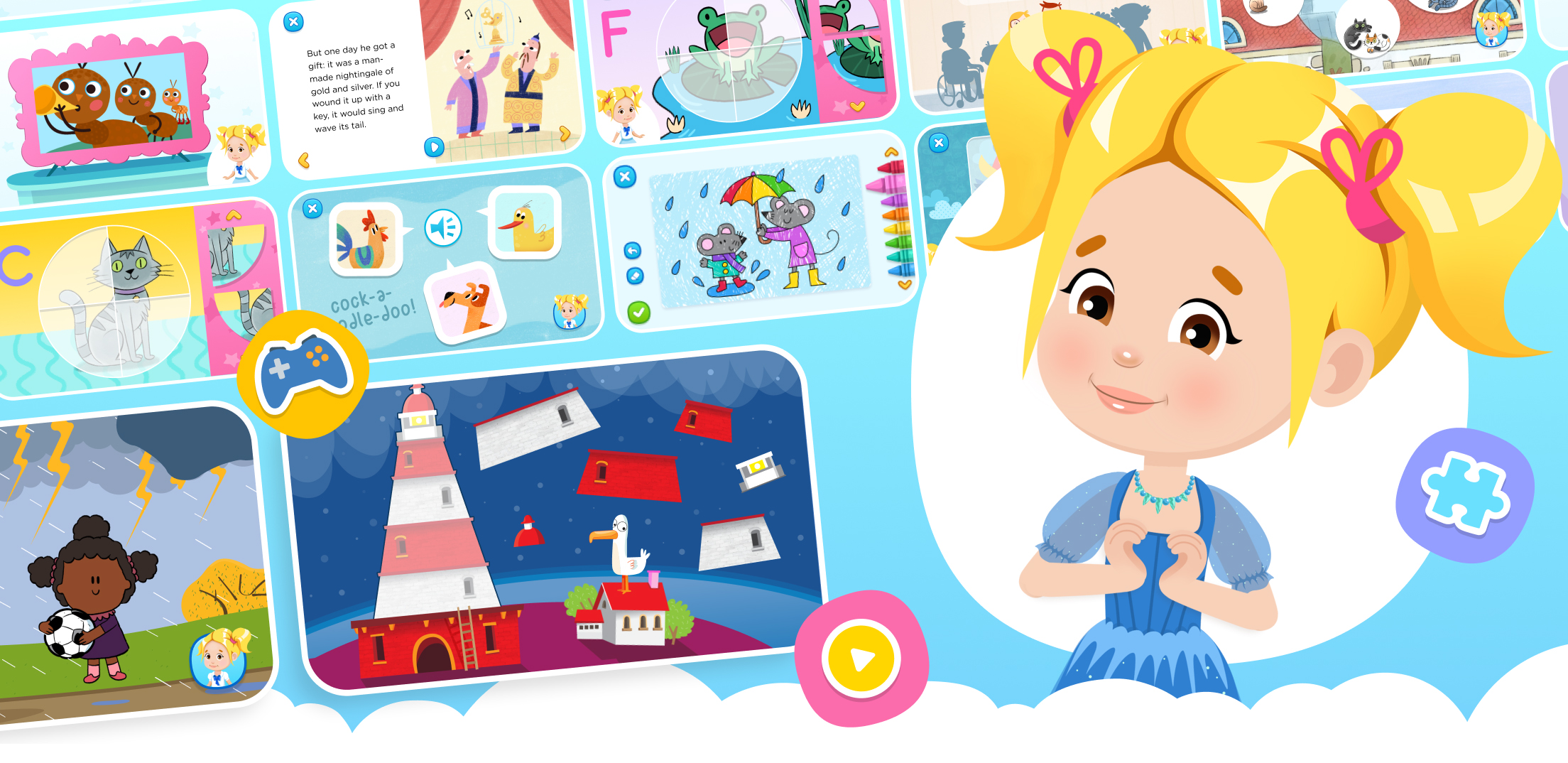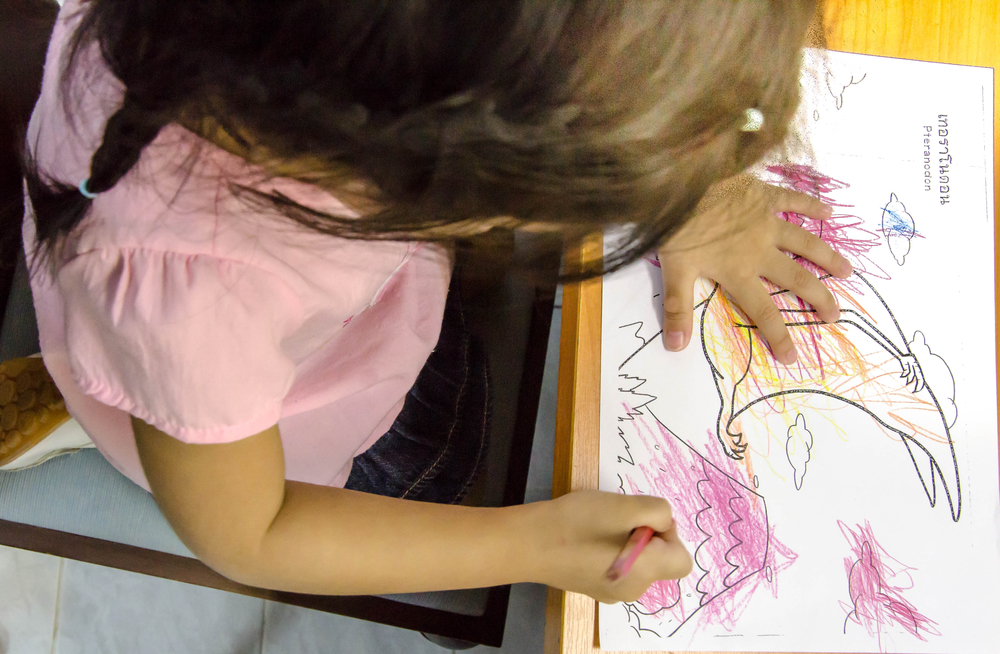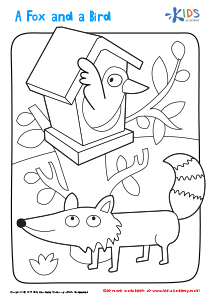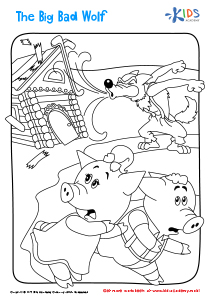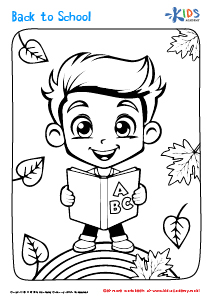Feelings and Emotions Worksheets for Ages 4-6
4 filtered results
-
From - To
Introducing our captivating "Feelings and Emotions for Ages 4-6" worksheets, designed to guide young learners on a vibrant journey through the world of emotions. Created specifically for children aged 4 to 6, these worksheets offer an engaging mix of activities that help kids identify, express, and understand their feelings and the emotions of those around them. Through a combination of colorful illustrations, interactive exercises, and simple, thought-provoking questions, our worksheets provide a gentle yet effective approach to emotional education. Perfect for both classroom and home use, they are an invaluable resource for developing empathy, emotional awareness, and healthy expression in young minds.
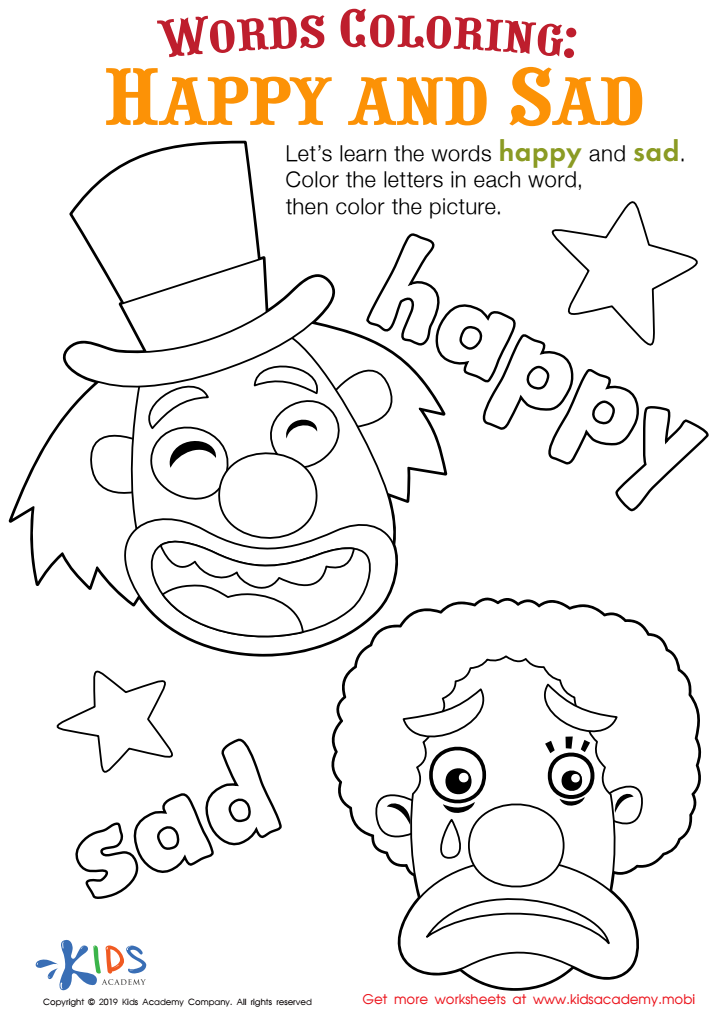

Happy and Sad Words Coloring Worksheet
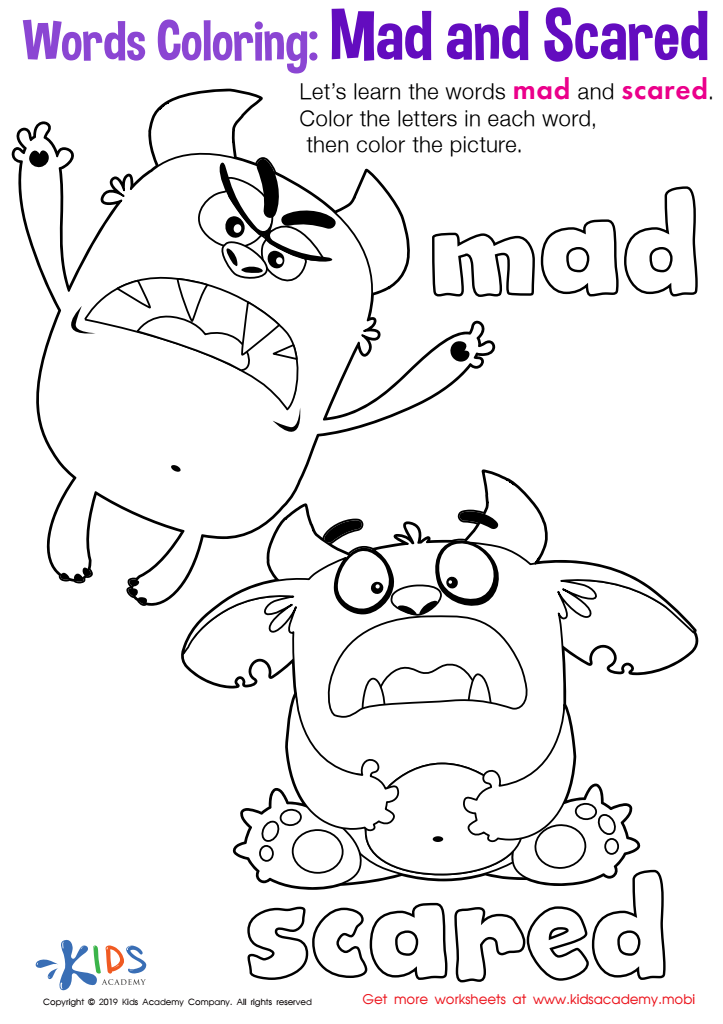

Mad and Scared Words Coloring Worksheet
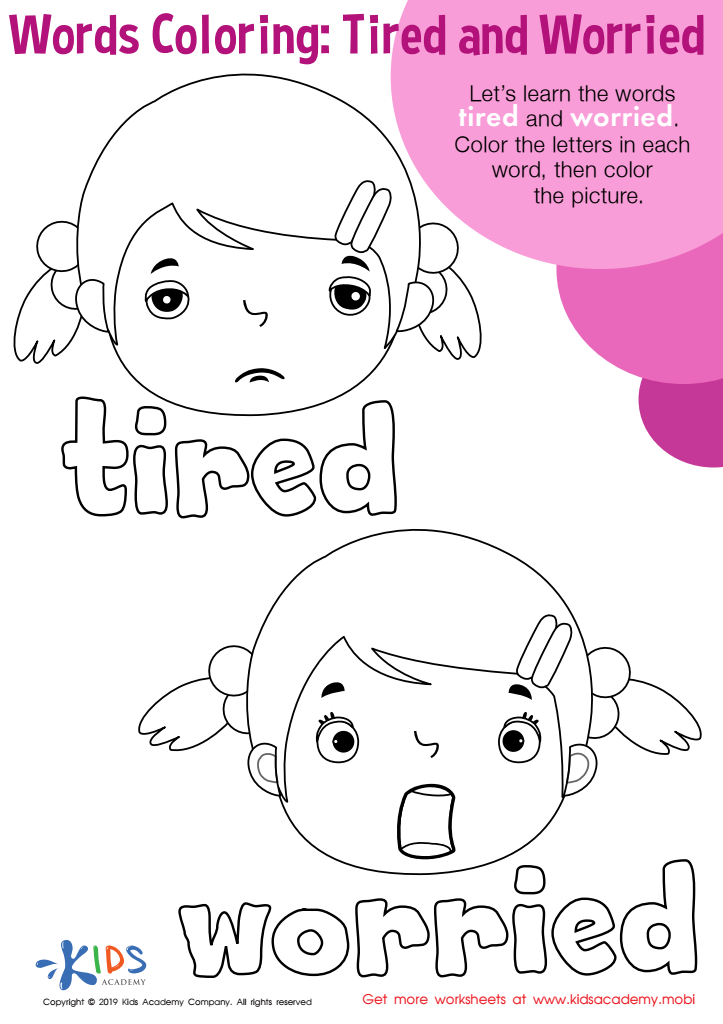

Tired and Worried Words Coloring Worksheet
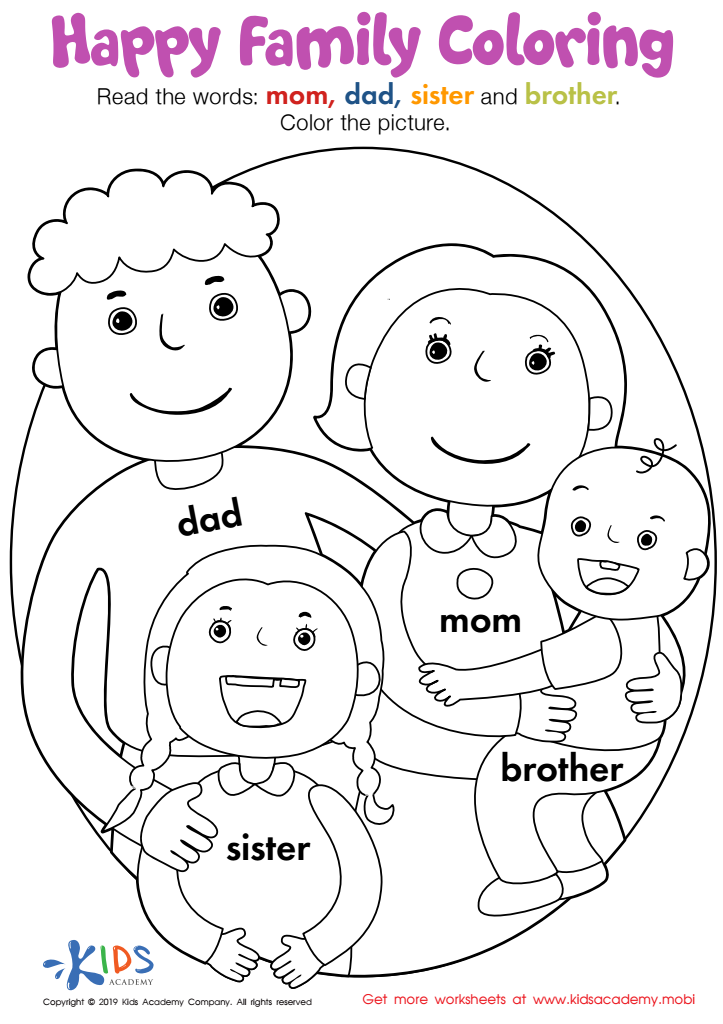

Happy Family Coloring Worksheet
Why Worksheets on Feelings and Emotions for Ages 4-6 Are Invaluable
Navigating the complex world of feelings and emotions is a crucial part of early childhood development. For children aged 4-6, understanding and expressing their emotional experiences can sometimes be challenging. This is where specialized worksheets on feelings and emotions step in as indispensable tools.
These worksheets are designed with the young learner in mind, offering a friendly and engaging way to explore a wide range of emotions. Through thoughtful activities and guided reflection, children learn to identify and label their feelings, an essential step in emotional literacy. This familiarity with their inner landscape enables them to communicate more effectively, fostering healthier relationships with peers and adults alike.
Moreover, by tackling feelings and emotions through worksheets, children in the 4-6 age group are equipped with strategies to manage their responses to various situations. This early intervention lays the groundwork for emotional resilience, helping them navigate life's ups and downs with greater ease.
In summary, worksheets on feelings and emotions are more than just educational tools; they are building blocks for a child's emotional well-being. By introducing these concepts in a structured yet flexible manner, we empower our youngest learners to thrive both socially and emotionally, setting a strong foundation for their future.
 Assign to the classroom
Assign to the classroom
